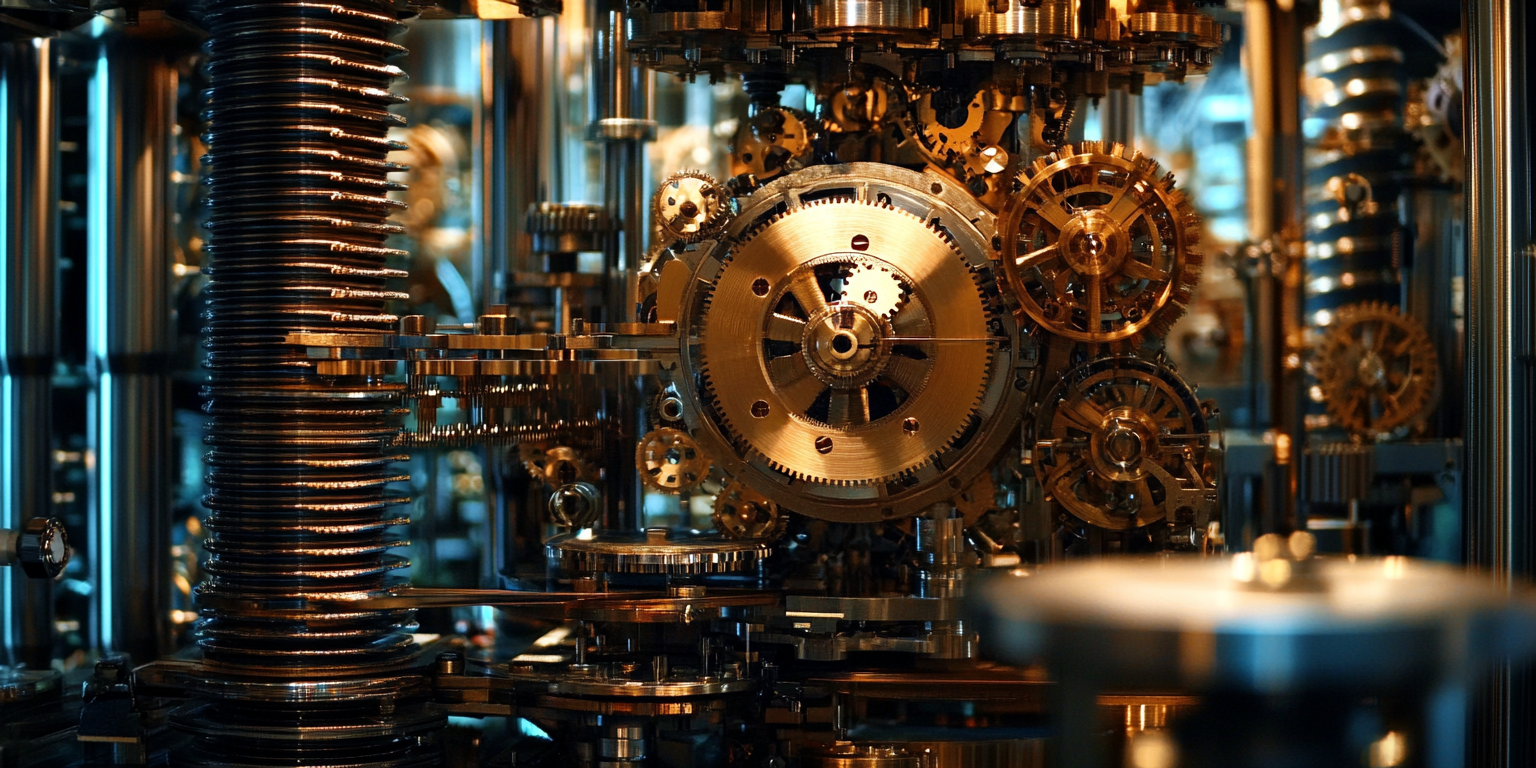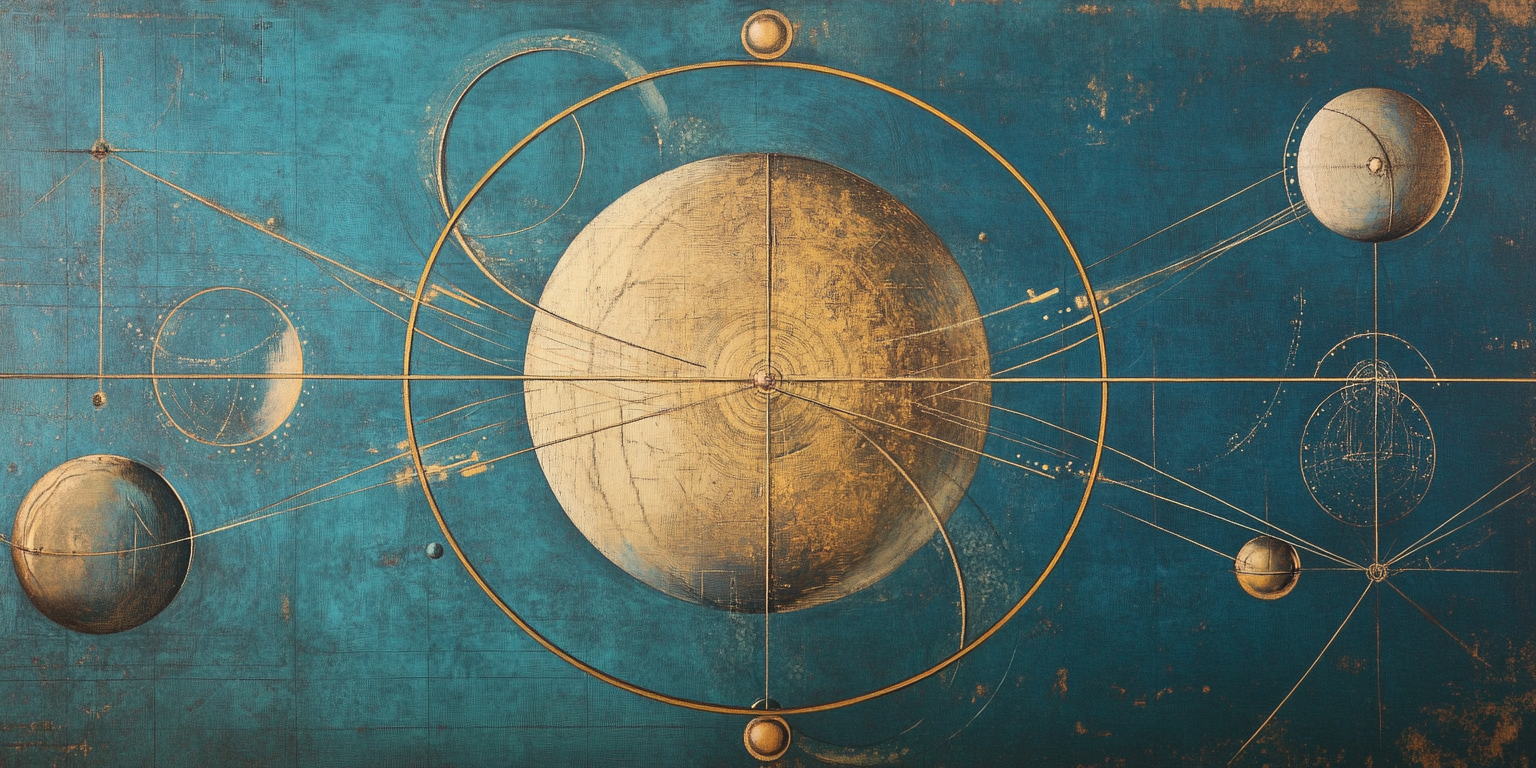Blog
-
Computers handle numbers differently from how we do in mathematics. While we are accustomed to exact numerical values, computers must represent numbers using a finite amount of memory. This limitation leads to approximations, which can introduce errors in numerical computations. In this post, I will explain how numbers are stored in computers, focusing on integer… Continue reading.

-
Probability theory is fundamental to quantitative finance, as it provides the mathematical framework for modeling uncertainty in financial markets. Asset prices, interest rates, and risk measures all exhibit randomness, making probability distributions essential tools for financial analysis. In this post, I will introduce key probability distributions used in finance and explain their relevance in different… Continue reading.

-
Newton’s laws of motion form the foundation of classical mechanics, describing how objects move and interact under the influence of forces. Introduced by Sir Isaac Newton in his Philosophiæ Naturalis Principia Mathematica (1687), these laws provide a systematic framework for understanding motion, forming the basis for much of physics and engineering. Each of the three… Continue reading.

-
In the previous post, we explored the semantics of propositional logic using truth tables to determine the truth values of logical expressions. While truth tables are useful for evaluating small formulas, they become impractical for complex logical statements. Instead, formal proof techniques allow us to establish the validity of logical statements using deductive reasoning. This… Continue reading.

-
Why do physicists and mathematicians value elegance and simplicity in their theories? Is beauty in science merely an aesthetic preference, or does it point to something fundamental about reality? Throughout history, scientists and philosophers have debated whether mathematical elegance is a reflection of nature’s inherent structure or simply a tool that helps us organize our… Continue reading.

-
In the previous post of this thread, we examined the syntax of propositional logic, focusing on how logical statements are constructed using propositions and logical connectives. Now, we turn to the semantics of propositional logic, which determines how the truth values of logical expressions are evaluated. This is achieved using truth tables, a fundamental tool… Continue reading.

-
One of the fundamental differences between C++ and many modern programming languages is that C++ is a compiled language. In languages like Python, code is executed line by line by an interpreter, allowing you to write and run a script instantly. In C++, however, your code must be compiled into an executable file before it… Continue reading.

-
When it comes to scientific computing, Python and C++ are two of the most widely used programming languages. Each has its own strengths and weaknesses, making them suitable for different types of computational tasks. In this post, I will compare these languages, discuss essential libraries, and outline a basic workflow for implementing numerical methods in… Continue reading.

-
Quantitative finance relies on a combination of mathematics, statistics, and computational tools to develop models and strategies for financial decision-making. As a quant, mastering these tools is essential to effectively analyze financial data, implement models, and automate trading or risk management processes. While I will assume familiarity with these concepts for now, I will cover… Continue reading.

-
Classical mechanics is one of the oldest and most profound branches of physics, shaping our understanding of motion and forces while laying the foundation for modern physics. The journey of mechanics spans centuries, from ancient philosophical discussions about motion to the rigorous mathematical frameworks of today. Understanding its historical evolution not only deepens our appreciation… Continue reading.
